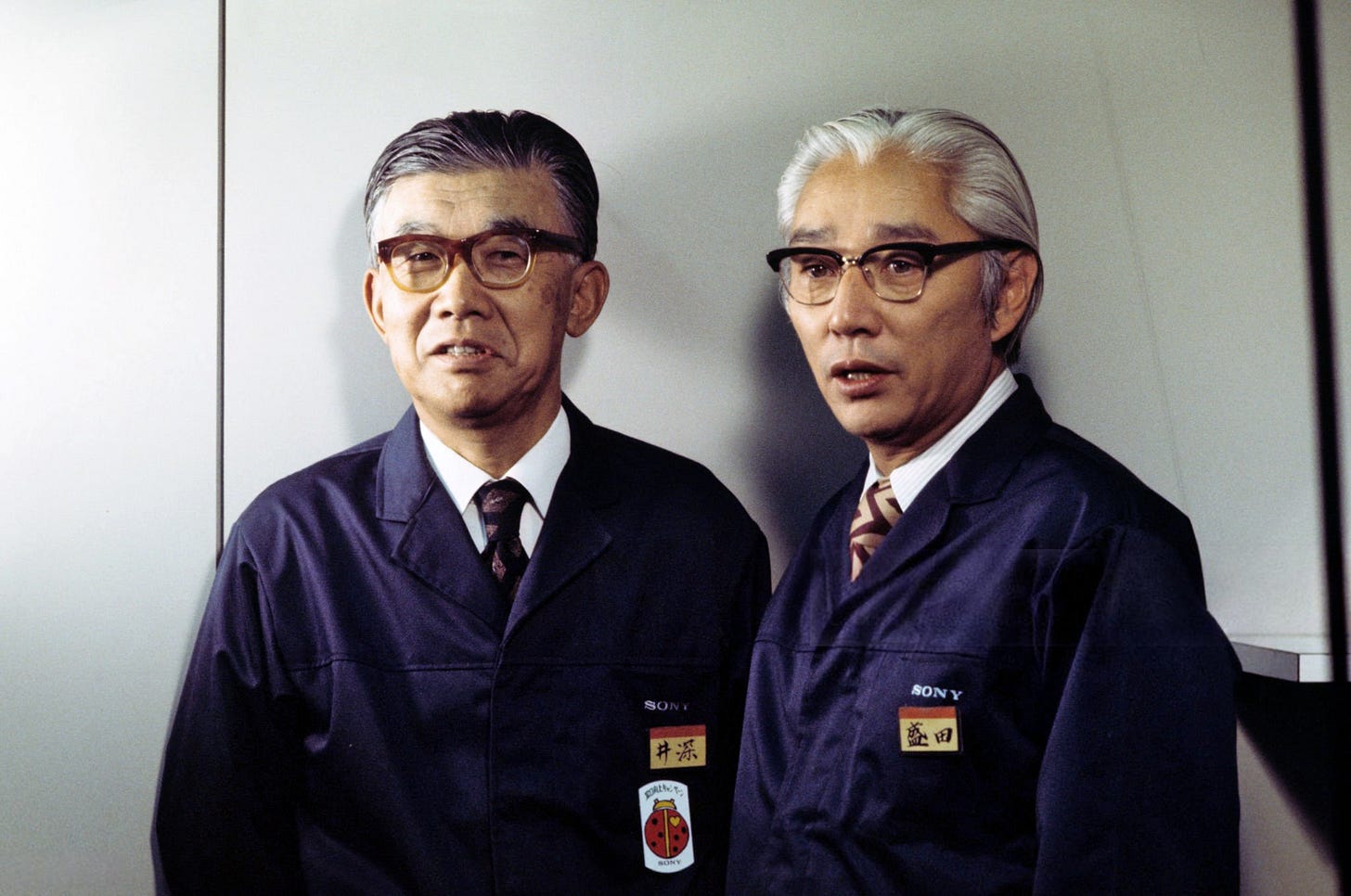The room was quiet.
Masaru Ibuka sat at one end of the table in a conference room at Sony’s headquarters in Ginza. Akio Morita stood at the other. For years, they had moved in perfect sync. Engineer and businessman.
But in the summer of 1966, as Sony approached its 20th anniversary, that rhythm was no longer there.
The Chromatron project had failed. Production yields were nearly zero. The company was running out of money, and pressure was mounting from every direction.
Morita wanted to stop. Ibuka wouldn’t let go.
“If we stop now, then what was the point of everything we’ve done?” Ibuka said. His voice was calm, but there was no room for compromise.
Morita didn’t answer right away. He had helped guide Sony through its earliest risks and biggest breakthroughs. But this moment felt different.
The future of the company hung in silence. And for the first time, neither of them knew what would happen next.
The road to create Trinitron was a seven-year descent into failure, obsession, and near collapse. It became one of the most defining chapters in Sony’s history.
This is that story.




